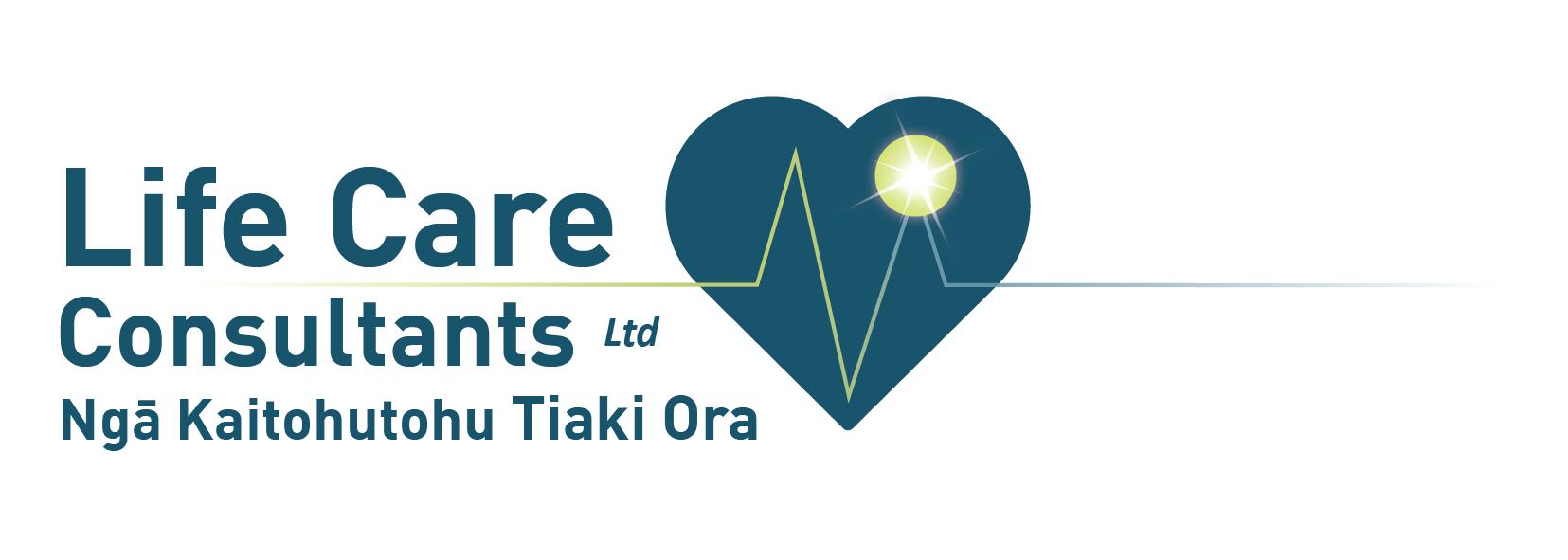FATIGUE – WHAT YOU NEED TO KNOW
We all feel tired at times. A couple of fun nights out on the trot or an all-consuming project at work for a couple of weeks can take their toll. This type of tiredness we feel is normal –eventually we get back to our usual sleep habits and return to feeling refreshed and ready to go.
Fatigue is different to this and is defined as ‘an overwhelming sense of feeling tired, worn out or bone tired’ over a period of time. Many of those suffering from fatigue don’t actually feel sleepy or drowsy.
The main difference between the two is that feeling tired is only temporary. With fatigue, the feeling is unrelenting and constant. It feels like it’s never going away.
Both conditions – tiredness and fatigue – are dangerous at work. In New Zealand, Worksafe says in order to work safely workers should be physically and mentally alert, and both the worker and the person conducting business or undertaking have responsibility to manage fatigue at work.
Shift patterns, overtime management, breaks and managing workloads (both mentally and physically) are ways a manager and a person conducting business or undertaking can help manage the risks associated with fatigue.
For the worker the options to manage and eliminate possible fatigue include looking at and implementing ways to get enough good-quality sleep, taking breaks during and between shifts, eating a balanced diet and getting enough exercise.
Exercise is often the last thing we feel like doing when we are ‘bone tired’; however, exercising can be extremely helpful in improving the quality of sleep. Try taking time out for a walk, several hours before bedtime, and notice the improvement. Sleeping without electronic devices in the bedroom has proven to increase restful sleep, as does keeping the bedroom cool and dark.
Fatigue has been proven to contribute to many tragedies and helping to reduce that risk is everyone’s responsibility. Life Care has been including fatigue assessments with the health assessments for a couple of years, with some great results.
We also import Alert bands from the USA – wearable devises designed by the US military to manage and anticipate fatigue levels. These bands enable, say, a truck driver to know his most fatigued zone, the ‘red zone’, is between 2 and 3.30 in the afternoon, enabling him to manage his day around that time, ensuring he is resting or at least off the road. Life Care has had some amazing results with staff taking responsibility for changing their habits to get themselves ‘back into the green zone’.
I hope I’ve given you something to think about. Now all that’s left for me to say is have a safe, healthy and fun festive season, and thank you for your loyalty in 2019.
We look forward to working with you in 2020.
Janet Brothers
Managing Director

